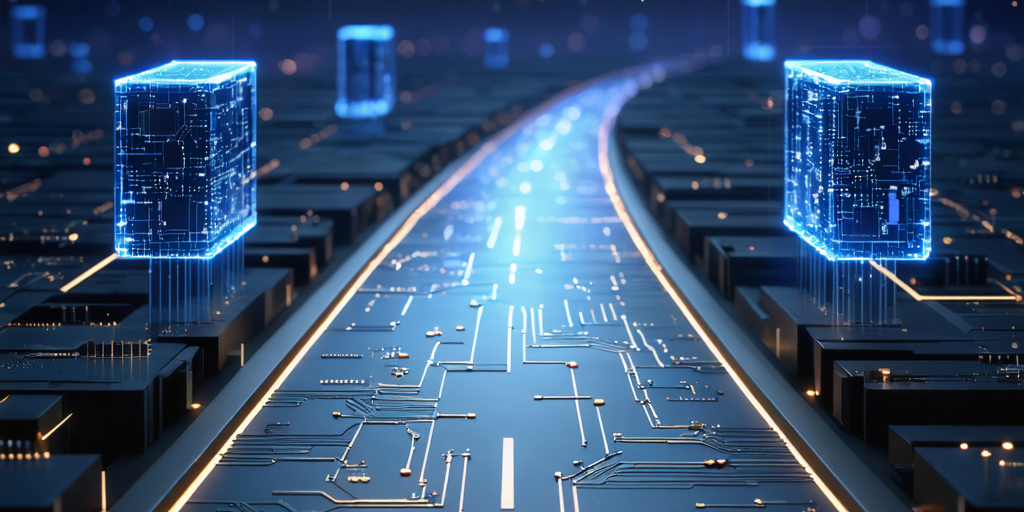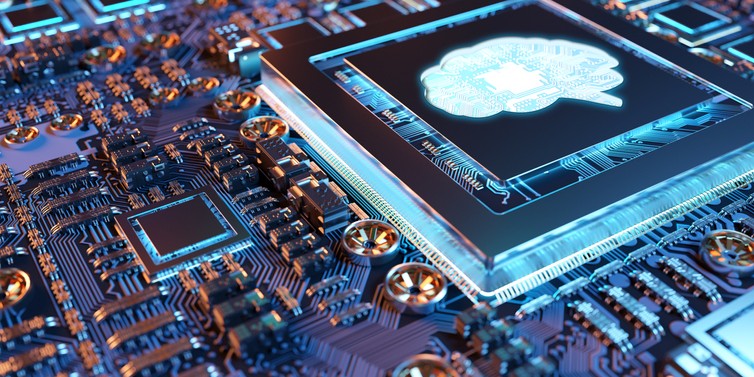In the 1990s, the US government, countries including China and India, and international bodies such as the World Trade Organization sought to open borders to worldwide trade and capital flows. Today, many large companies are proactively reshaping their supply chains, anticipating continued uncertainty in global affairs, impacts of climate change, and more.
In the United States, government and industry are seeking to build a stronger industrial base to reduce reliance on overseas suppliers. New rules sharply limit the export of US semiconductor components, and “Buy American” clauses in recent legislation affect imports across key industries. Statistics on the volume of trade in goods and capital flows show they remain high, but peaked about 15 years ago. Globalization may, in fact, be reversing.
With this, and the maturation of digital production technologies, manufacturing’s landscape is changing. Advances in 3D printing, sensors, AI, and robotics will allow us to achieve far-greater efficiencies in production, even in high-cost countries. Integrated with production systems, these technologies will lead to greater connectivity among factories and greater output, more flexibility and resilience, and accelerated development and deployment of low-carbon solutions.
Explore
MIT Engineers Advance Toward a Fault-tolerant Quantum Computer
Adam Zewe | MIT News
Researchers achieved a type of coupling between artificial atoms and photons that could enable readout and processing of quantum information in a few nanoseconds.
The Road to Gate-All-Around CMOS
Monday, April 14, 2025 | 10:00 AM to 11:00 AM
In-Person
Haus Room (36-428)
50 Vassar Street Cambridge, MA
2025 MIT AI Hardware Program Annual Symposium
Monday, March 31, 2025 | 10:00 AM - 3:30 PM ET
Multiple Speakers




